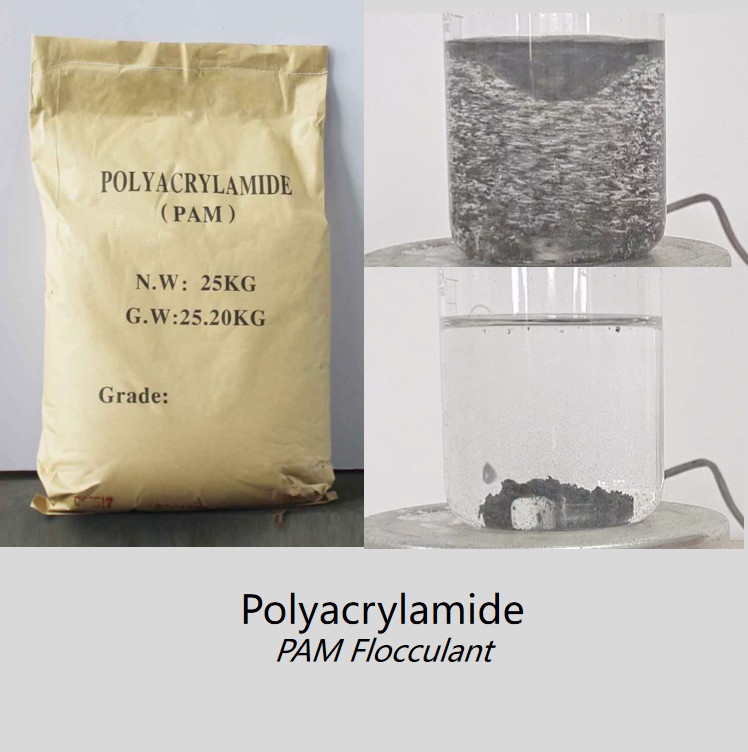
Polyacrylamide (PAM) is a versatile chemical compound widely used in various industrial and environmental applications due to its unique properties. Understanding the working principle of polyacrylamide is crucial for maximizing its effectiveness in different processes.

1. Molecular Structure and Functionality
Polyacrylamide is a polymer composed of acrylamide subunits. Its structure allows it to form long chains with significant molecular weight, which contributes to its ability to act as a flocculant, thickening agent, or rheology modifier depending on the application.
2. Flocculation and Water Treatment
In water treatment, polyacrylamide works primarily through flocculation. Positively charged polyacrylamide derivatives bind to negatively charged particles in water, forming larger aggregates that can be easily removed through filtration or settling processes. This mechanism is essential in clarifying water for drinking purposes and in wastewater treatment.
3. Enhanced Oil Recovery (EOR)
In the oil industry, polyacrylamide enhances oil recovery by altering the viscosity of water injected into oil reservoirs. This viscosity modification improves the sweep efficiency, allowing more oil to be displaced and recovered from the reservoir.
4. Paper Manufacturing
Polyacrylamide is also used in paper manufacturing to improve retention and drainage. By enhancing the retention of fine particles and fibers, it contributes to the formation of uniform and strong paper sheets.
5. Soil Stabilization and Erosion Control
In agriculture and construction, polyacrylamide is employed for soil stabilization and erosion control. When applied to soil, it forms a temporary barrier that prevents erosion by binding soil particles together and increasing their resistance to water erosion.
6. Rheology Modifiers in Various Industries
Due to its ability to alter the viscosity and flow properties of liquids, polyacrylamide finds applications as rheology modifiers in industries such as cosmetics, pharmaceuticals, and textiles.
Conclusion
Polyacrylamide's working principle revolves around its molecular structure, which allows it to perform various functions from flocculation in water treatment to viscosity modification in enhanced oil recovery and paper manufacturing. Understanding these mechanisms is crucial for optimizing its use across different industrial and environmental sectors.
For more information on polyacrylamide and its applications, please visit TAIRAN CHEMICAL's official website or contact us directly.